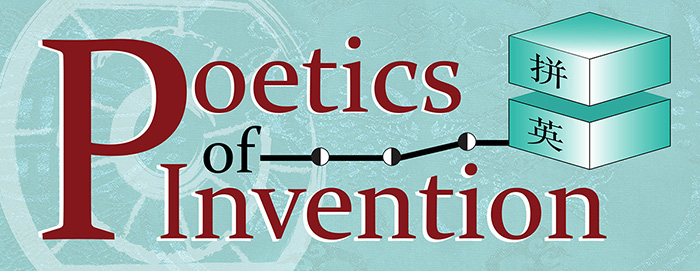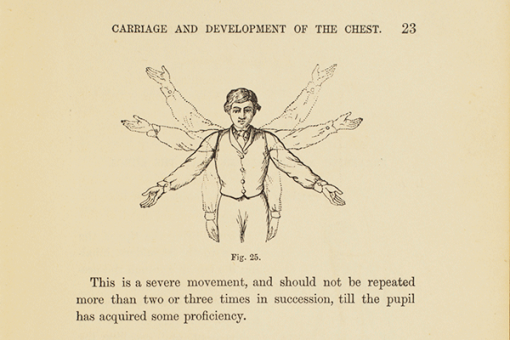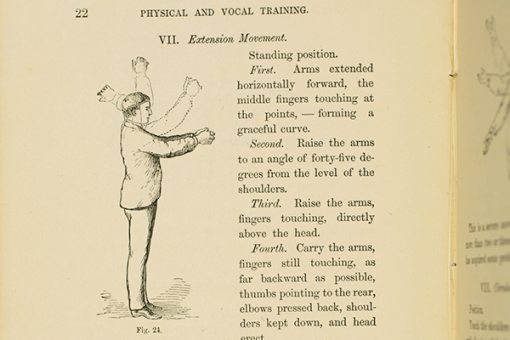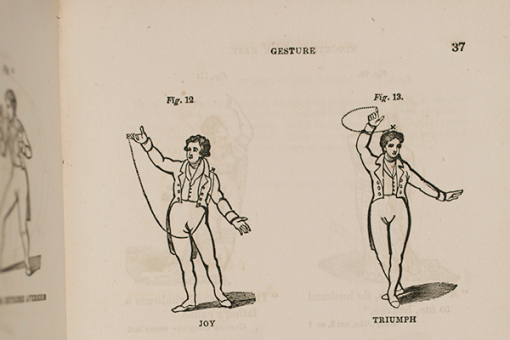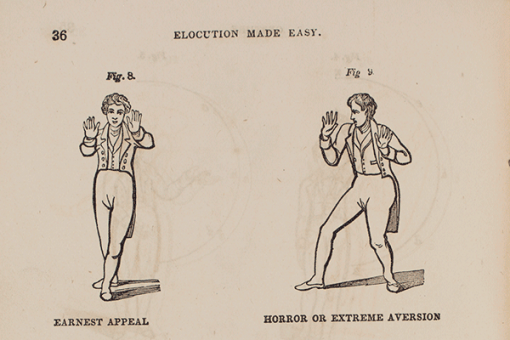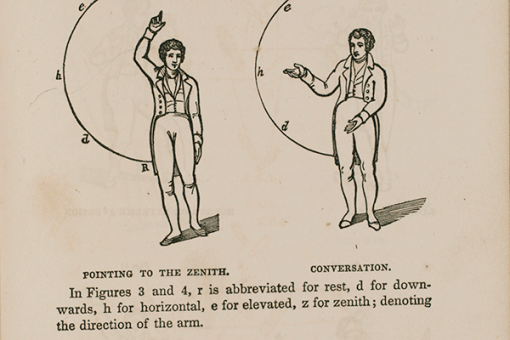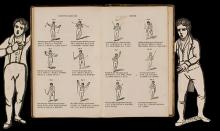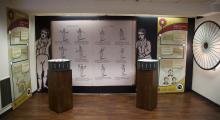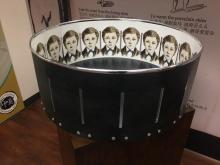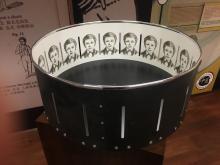(Elocution) Invention in the Past: Qing Dynasty English Elocution
If PinYing had been developed in China during the Song Dynasty, how it might have helped to solve different linguistic and cultural problems during the colonial expansion of Victorian era England?

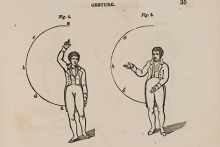
What would Victorian Elocution manuals and teaching strategies in China have looked like over 100 years ago?
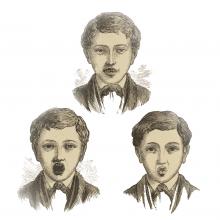
In the West, little attention had been paid to pronunciation until the rise of England as a global colonial power. By the mid 1800s England wanted to assert a single standard for spoken English across the Empire. How could a single version of vernacular English rise above all others?

Spoken Mandarin and spoken English are polysyllabic languages, unlike Classical Chinese and our imagined Song Dynasty English, which employ complex monosyllabic language patterns. How can characters indicate the stressed and unstressed vowels of spoken English?
Image Credits
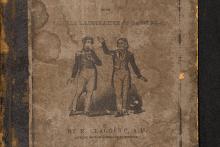
Elocution made easy: containing rules and selections for declamation and reading, with figures illustrative of gesture
Claggett, R. (1858). Elocution made easy: containing rules and selections for declamation and reading, with figures illustrative of gesture. Philadelphia: Moss.
Features
The elocution movement in Victorian England led to exacting standards for pronunciation through body posture as English became a dominant global language. The interactive zoetropes--early forms of animation---that were part of this room showed some of those movements as well as mouth positions for pronouncing certain English sounds.
Images from a Victorian Era elocution manual paired with an English/Pinying poem written curator by Dr. Jonathan Stalling. As English became a global language correct body movements were taught as part of upper class education for public speaking.
Large zoetropes were first created using another new technology--the bicycle. A rotating bicycle wheel could provide the speed required to create the allusion of movement for the animation.
English vowels (in this case /oo/ as in “hoot” and /ah/ as in /hot/ can be described in terms of mouth position (rounded/un-rounded etc). Pinying could have used the rime-table tradition to teach these vowels by employing the Chinese characters /乌/ and /啊/ to represent the same vowel shapes. While zoetropes such as these could be used to show similarity between standardized English and Chinese vowels.
The English vowels /ee/ as in “he” could have been taught by employing Zoetropes to animate the standard mouth positions associated with this vowel. Zoetropes could have been used in China during this period to suggest a link between Victorian high-technology (animation) and language standardization.

